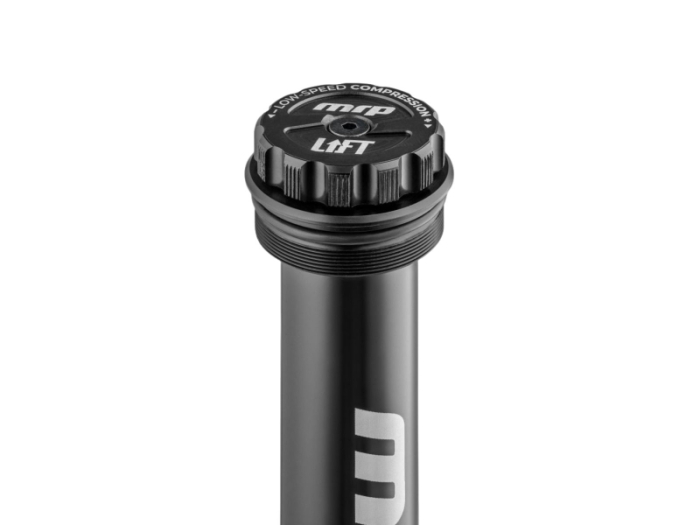Meet the Fortune Teller
 Here at Shockcraft we do suspension tuning for a massive range of riders - from sub 40 kg fast teenagers, through buff athletes, to 100+kg riders on E-bikes.
Here at Shockcraft we do suspension tuning for a massive range of riders - from sub 40 kg fast teenagers, through buff athletes, to 100+kg riders on E-bikes.
So how does tuning differ for all these riders?
Well simple measurements aside, it's about strength and weight.
Your suspension doesn't know how heavy you are, your suspension only knows how much force you can put on it. A 100kg recreational rider can load their fork less than an 80 kg aggressive rider on the same terrain. A 70 kg jumper chasing big hits will then eclipse both of those.
Basically the stronger you are the more you can choose how you load the bike. You can ride soft and float or you can really punish the bike and make it experience really high loads.
If you're on an E-bike then you've always got another ~10kg forcing the bike to react. It's weight you can't float, without huge effort, that's always there punishing the suspension.
So how do we account for weight & rider strength?
More weight needs more spring – that's simple. But strength and aggression increases the required spring rate as well as increasing damping rates to match. Add in strength, aggression and more vertical drop and everything gets harder. Even more spring, even more damping.
Sport is a tune suited for anyone up to Race Pace. It offers support and compliance that you can ride all day.
Race/Rowdy is a more aggressive tune that will beat you up if you're not an aggressive rider. But if you have the strength to push it you'll love the extra support and traction.
Extreme is a lot more bottom-out control for riders doing jumps, drops and big hits. You need to be strong to ride this and it will wear you out.
Meet the Shockcraft Fortune Teller
The Fortune Teller (tm) is a Shockcraft calculator that uses online forms to collect your data and calculates your suspension tune.
First we get you to visit our Fortune Teller. It collects all your weight and bike size data. We grade you into Sport, Race/Rowdy or Extreme riding style.
Then the Fortune Teller does the background physics calculations Dougal designed. It returns to us the target spring and damper rates for your fork and/or shock. If anything is weird we'll ask you more questions and tweak the results to suit.
Then It's Into the Workshop
Dampers can be dyno tested before tuning to check customers settings (sometimes good, sometimes not) and damper range (health check). Then it's stripping dampers, modifying if required (Unharsh modification and/or shim conversions) and reshimming to suit. Back to the dyno to check the range of the new tune.
If the tune has exactly the range required then it's onto dial-in. If not it's back a few steps to reshimming and retesting.
Dial-in is where fork and shock dampers are set to provide the damping forces required for that rider on that bike with that spring-rate.
Your shock and/or fork will come back with clickers pre-set and only requiring fine-tuning on the trail.
Final Step
The last step with a tune is recommending spring-rates or air-pressures (to provide the calculated spring-rates). This can involve pulling out library settings or detailed testing of the complete fork/shock on our computerised spring-tester so we can give you air pressures and volume spacer configurations that will work in harmony with you, your bike and your new damper tune.
Once suspension has been properly tuned it's not only good for the target rider. Anyone who gets on the bike, even up to +/-20% weight will still have a calm and composed ride that will eat bumps at speed and stay in total control.
So Where Do You Start?
You start with the worst part of your bike. Usually the fork.
Check the website or call us to see if it's a model we can tune. Our fork tuning & upgrade options are here, rear shock options here.
Book it in, box it up with the job number and send it in.


